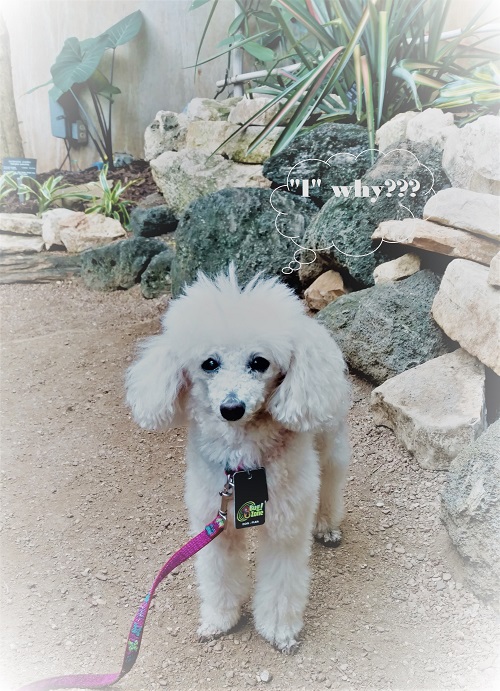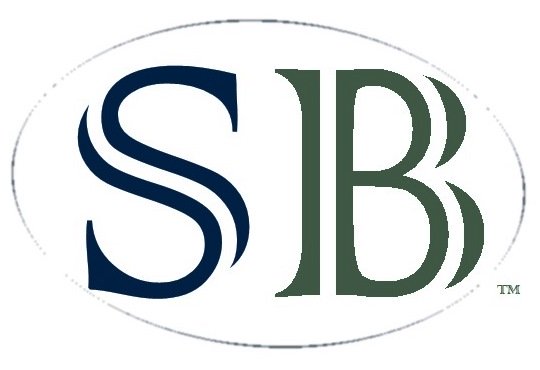Adverbs--the "ly" words...

Adverbs are words used to describe verbs. (Like the way adjectives describe nouns.)
Often, they have an "ly" at the end (like, lovely). But every once in a while you may find one that doesn't end that way - like the word, everywhere.
Adverbs tell the reader how and to what extent.
For example, how someone (the noun) ran.
Example: The man ran quickly.
"Quickly" is the adverb. It tells how the man ran.
Here's another example ...
In the example below, the verbs are underlined and shaded. The adverbs are shaded only.
Example

"Abruptly" tells how the researcher stopped.
Since the example was a complex sentence, a second adverb was used.
The word "often" describes to what extent the participants complained.
Advertisement:
Why use adverbs?
Adverbs help give the reader a visual picture of the action.
If a writer says, "She ran in the park."
Fine.
You visualize your idea of running in the park.
If I read this--as an avid runner, I might think "she" ran as if she were training for a half-marathon... like she ran for two hours in the park at a slow and steady pace.
You, however, might visualize that she ran with her dog. Or, while playing soccer in the park.
By using adverbs (and other modifiers, i.e. words), you give the reader your visual picture. What you see.
The whole point of writing is to communicate your message--clearly. You want the reader to see your visual picture. Not make up their own.
When to use adverbs...
Now this is tricky.
Over the years, some of my students became excellent adverb "over-users."
What do I mean by "over-users?"
Well... when an assignment calls for 500 or 1,000 words, students (of all ages) tend to use adverbs more to increase the word count of their papers.
But they don't add meaning or depth to what the person says. In other words, it's fluff. Garbage. Redundant. Unnecessary.
(If you were wondering, this method almost never increases the assignment grade.)
Here's an example of the adverb fluff I was just talking about.
Okay, below is an example of adverb fluff. The words add no meaning to the sentence.
There are 19 words in these 3 sentences, which include 3 adverbs. But all the sentences say is that Ted swam hard. It doesn't show you how Ted swam hard.
As the reader, you can only visualize Ted swimming as you believe he did. Not how the writer saw Ted swimming.
See what I mean below.
(Again, the verbs are underlined and shaded. The adverbs are shaded only.)

As the reader, the above example gives you only a few details--but really nothing specific.
You may have visualized Ted as a spaghetti noodle, thin kid flailing his arms as fast as he could to beat out the other swimmers.
(May be his "flailing arms" distracted the other swimmers so much they stopped to watch him. It's possible! What did you picture in your head when you read the sentences? I'm sure it was completely different than what I did.)
Below is another version of the "Ted swimming" sentences.
However, it's different. The below sentence uses words to show the reader a muscular Ted who probably spent months in the weight room bulking up for his victory.
The new version:
- 2 sentences
- 15 Words
- 2 verbs - one in each sentence
- ZERO (0) Adverbs!

Best Way to Use Adverbs...
Use them only when you need them.
Use them when no other word will work.
Use them sparingly . . . and only to show readers a picture. (Help them visualize what it is you see.)
And, never use them to bulk up your word count. Your English teacher is quite familiar with this trick!
If you'd like a specific list of adverbs, there's a good one here.
Advertisement:







